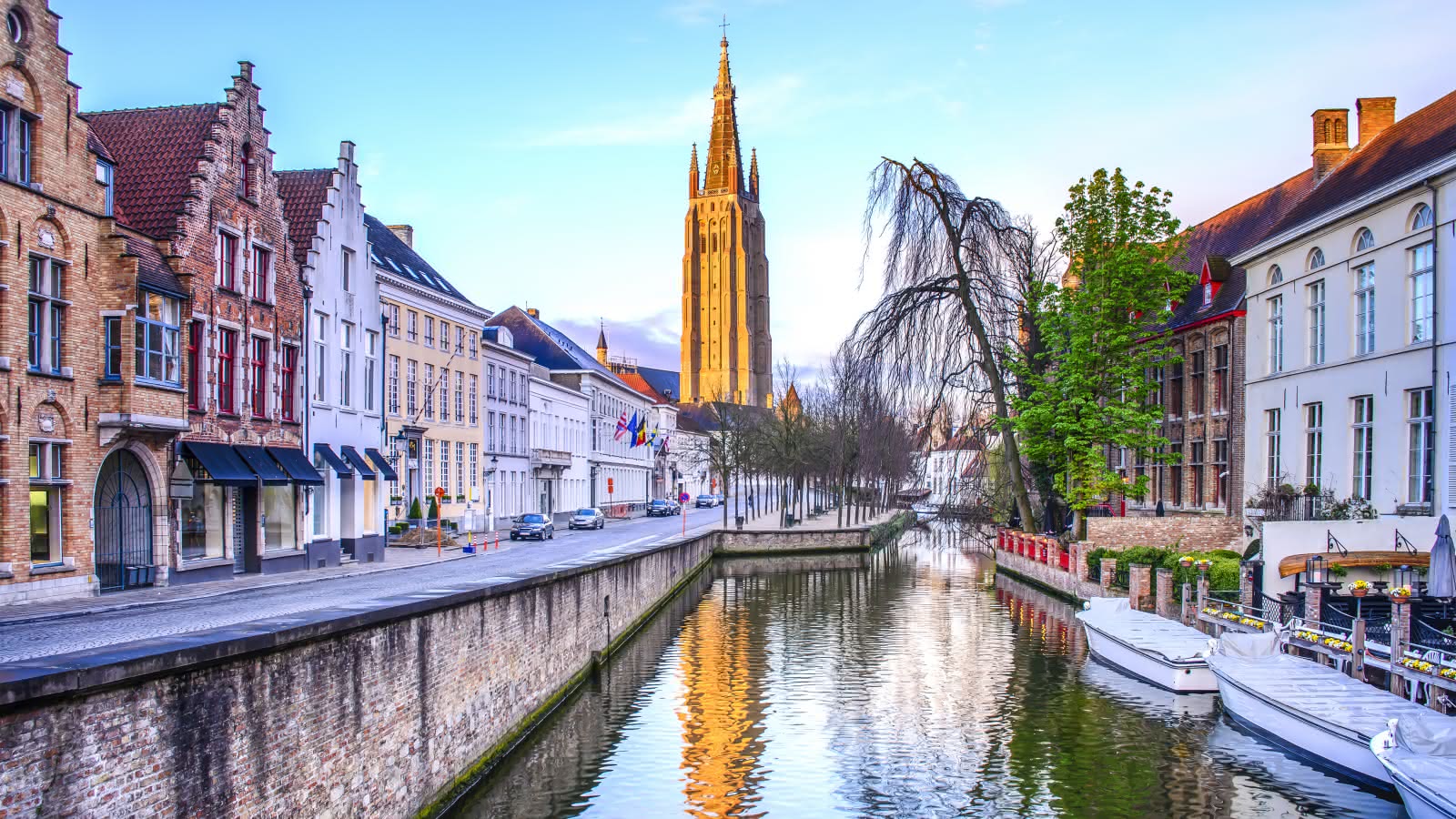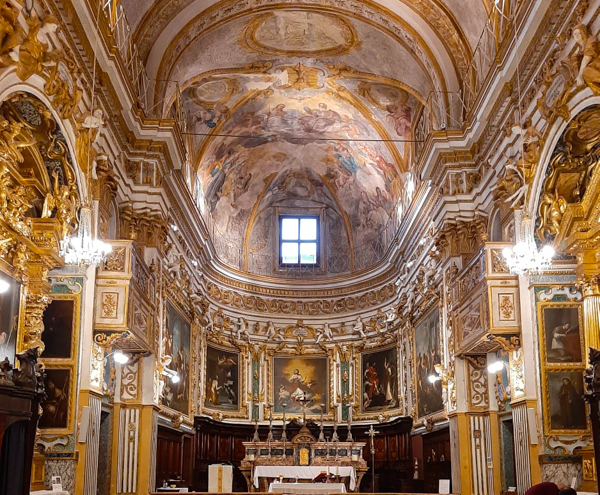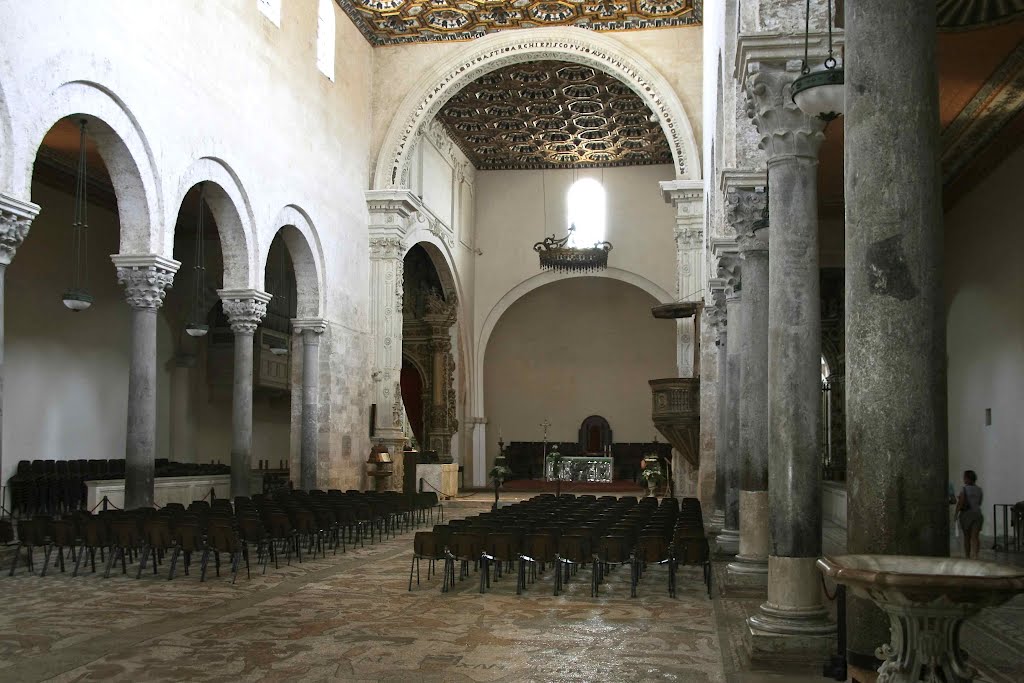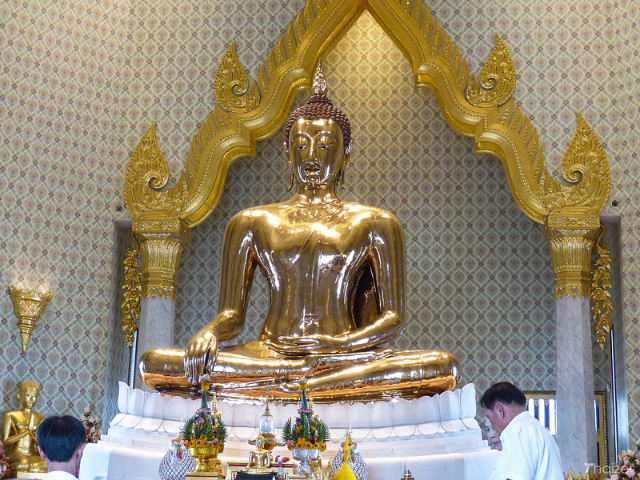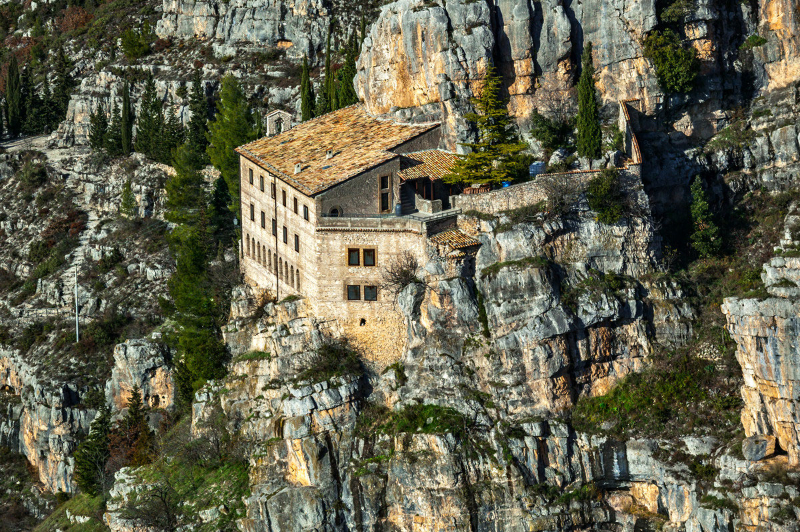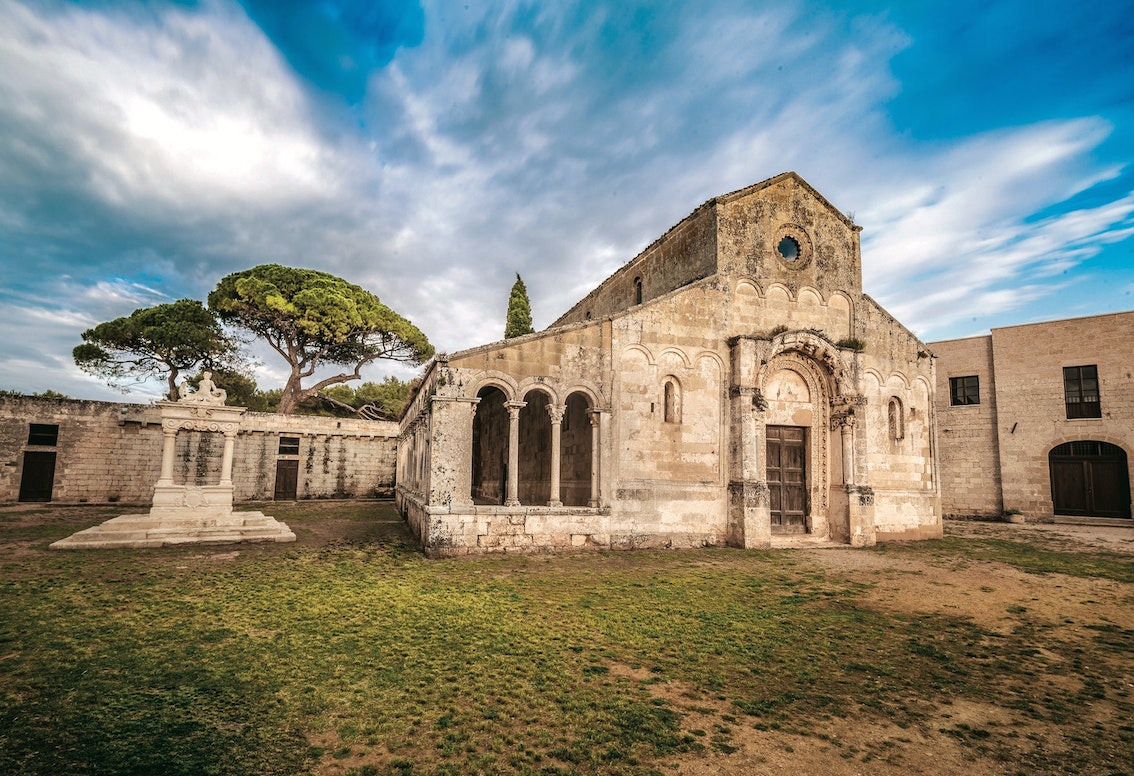Church of Our Lady with Its tower, at 115.6 metres (379 ft) in height, remains the tallest structure in the city and the second tallest brickwork tower in the world (the tallest being the St. Martin’s Church in Landshut, Germany).In the same location where stands the Church of Our Lady, there was formerly a Romanesque church. The current church was built between the 13th and 15th centuries.This church seems to follow a common tradition among the Belgian churches, and more specifically the Flemish ones. It is a Gothic-style building with a Baroque decoration inside. The original decor was Gothic too, but in the early 16th century, two circumstances favoured the distinction between architecture and religious furnishings inside churches: first, the new Protestant currents began to proliferate among the Flemish population; on the other hand, King Charles I of Spain and V of Germany, who ruled the region directly, was less and less appreciated. He was considered a foreign king despite having been born and raised in the nearby city of Ghent. The protests led to the destruction of everything related to Spain, and a good example were the churches, since the Spanish Empire was the greatest protector of the Catholic Church. For this reason, the churches were empty, stripped of its original decoration, leaving the buildings as real skeletons of what they were once. The altarpieces, choirs, benches and even the windows were destroyed during this period. But the Protestant Reformation was followed by the Catholic Reformation or Counter-Reformation in the mid-16th century, which was intended to renew the Church and curb the scope of the Protestant doctrines. In this attempt to revive the Catholic Church, churches were re-decorated with all the elements that had been destroyed. And the new predominant style by that time was the Baroque.Inside the tombs of the Duke of Burgundy, Charles the Bold and his daughter Mary,and a very well-known Michelangelo’s sculpture, Madonna and Child.
